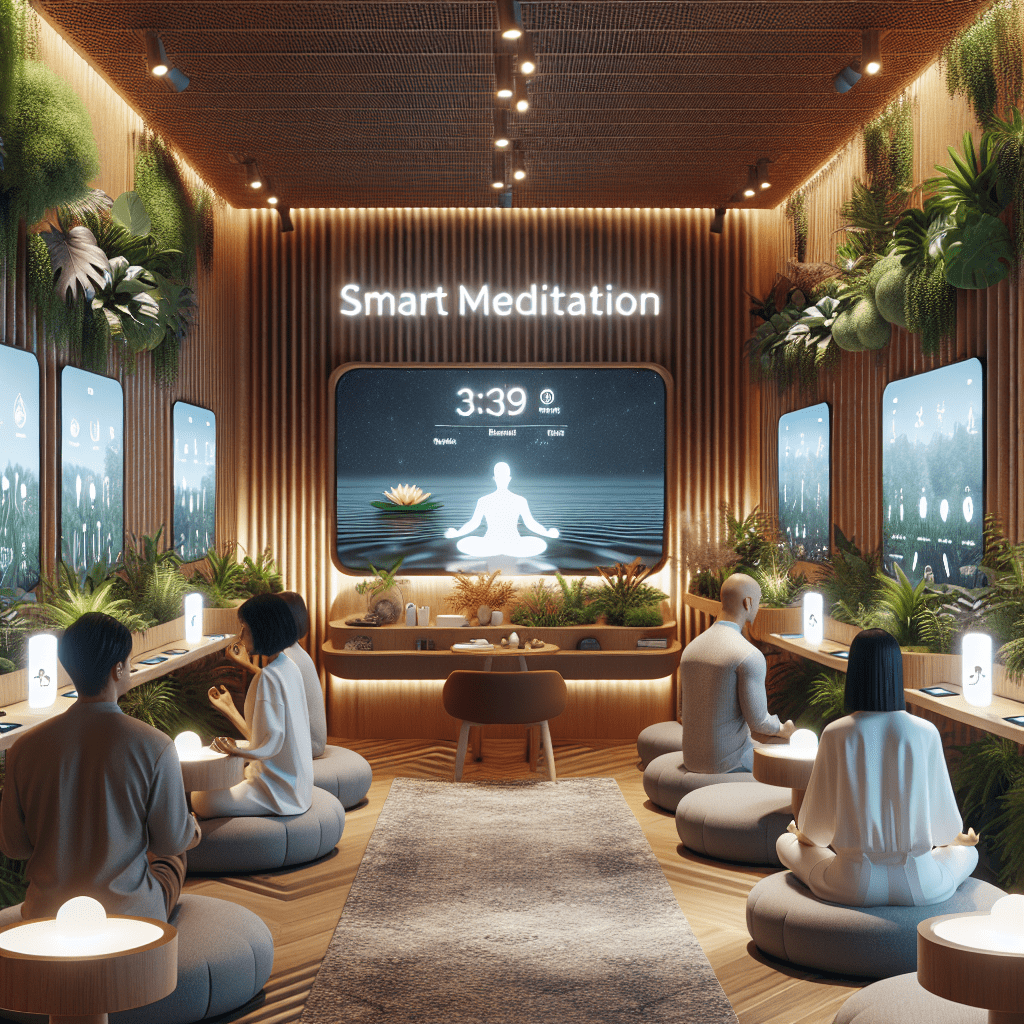
Prioritize your mental well-being daily. Enhance your life by nurturing your mental health with the Smart Meditation app. Break free from stress, alleviate anxiety, and enhance your sleep quality starting today.
Which Of The Following Brain Areas Is Not Closely Associated With Anxiety?
Navigating the Mind’s Labyrinth: Untangling Anxiety’s Roots
In the ever-evolving conversation about mental health, anxiety often takes center stage. It’s as if our modern lifestyle fertilizes the seeds of anxiety, with stressors sprouting around every corner. Yet, to address this pervasive issue effectively, one must first dive deep into the brain’s complex network, identifying the culprits and exonerating the innocent bystanders. This journey through the gray matter reveals not only the zones implicated in this condition but also sheds light on those regions that, surprisingly, play little to no part in anxiety’s orchestration.
The Brain’s Anxiety Architects
Before we pinpoint the innocent, let’s cast a spotlight on the usual suspects in anxiety’s lineup. At the helm, the amygdala stands out – this little almond-shaped structure is the brain’s alarm system, initiating the fight-or-flight response to perceived threats. Close by, the prefrontal cortex, responsible for planning and impulse control, can exacerbate anxiety when it gets caught in a loop of worry and overthinking.
The hippocampus, with its pivotal role in forming memories, also deserves mention. It can keep the anxiety cycle going by linking anxious thoughts to past experiences. And let’s not forget the insula, a region that helps process bodily sensations and emotions, which can amplify anxiety through misinterpreted bodily signals.
The Unlikely Innocent: The Cerebellum
Now, drumroll, please, as we unveil the region that’s seemingly got its hands clean in the anxiety debacle: the cerebellum. Traditionally celebrated for its role in coordinating voluntary movements, this brain area, located under the brain and behind the brainstem, ensures that posture, balance, and coordination are up to snuff. At first glance, it’s like the cerebellum is more interested in getting you to dance gracefully than in stirring the pot of anxiety.
While recent studies hint at a more nuanced role for the cerebellum in cognitive functions and emotional processing, its direct association with anxiety isn’t as clear-cut as with the aforementioned regions. It seems the cerebellum prefers to stick to the rhythm of physical movement, largely bowing out of the mind’s anxious murmurings.
Understanding Anxiety: A Step Toward Well-being
Recognizing which areas of the brain are pulling the strings in anxiety’s performance offers more than just academic satisfaction. This knowledge lights the path toward targeted interventions, whether they be pharmacological, therapeutic, or lifestyle-oriented. Moreover, debunking myths and clarifying facts about anxiety and the brain empowers individuals, breaking down the stigma surrounding mental health issues.
In pursuit of well-being, it’s also essential to appreciate the brain’s plasticity – its ability to adapt and reform connections. Strategies such as mindfulness, cognitive-behavioral therapy, and regular physical exercise can rewire the brain, dialing down anxiety’s volume.
So, while the cerebellum might sit out the dance of anxiety, understanding the brain’s involvement in mental health issues illuminates the path toward resilience and recovery. By exploring the intricate workings of our mind, we arm ourselves with the tools to reclaim our peace, step by confident step.





